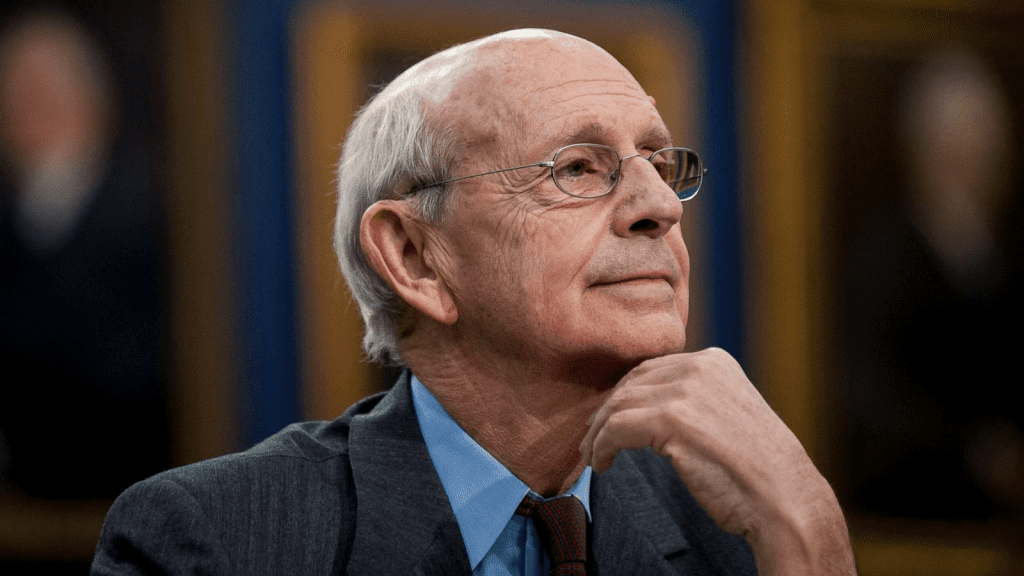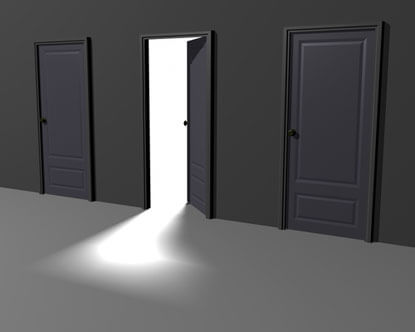
Retired U.S. Supreme Court Justice Stephen Breyer recently engaged in a thought-provoking discussion at George Washington University Law School, where he made a candid admission about his lack of appreciation for the difficulties his female classmates faced due to sexism at Harvard Law School in the early 1960s.
During the discussion with Dayna Bowen Matthew, the dean of George Washington University Law School, Breyer expressed his realization that the female students at Harvard Law School had a much tougher experience than he and his male peers had perceived. He found it particularly unsettling that Harvard Law School admitted only a small number of women during that time and described the treatment of these women by male faculty as “ridiculous.”
The National Law Journal covered Breyer’s discussion, which is part of a series of talks shedding light on his life and career. In one of his classes, Breyer had Judith Richards Hope as one of the only 15 female law students in a class of over 500. Hope later chronicled the obstacles women faced in her book “Pinstripes & Pearls: The Women of the Harvard Law Class of ’64 Who Forged an Old Girl Network and Paved the Way for the Future.”
Hope’s book highlights instances of gender discrimination at Harvard Law School. For instance, she recounts how Erwin Griswold, the law school’s dean, hosted dinner parties for female law students and would ask them to explain why they were taking the place of men. Another professor, Barton Leach, refused to ask questions to female students unless it was designated as “Ladies Day.”
Advance your legal career and achieve your professional goals – sign up for LawCrossing now.
Interestingly, Breyer contributed the foreword to Hope’s book, and during the recent discussion, he likened the experiences of early female law students to pioneers who settled in the western frontier, including Nebraska. He emphasized that the past was a different era, where people approached things differently and held different beliefs.
Breyer acknowledged the importance of understanding the mindset of figures like Griswold and Leach, who questioned why women should have the same opportunities as men in a field dominated by male professionals. He highlighted their skepticism towards women pursuing legal careers and their perception that these opportunities were exclusively meant for men. Breyer stressed the need to immerse oneself in the historical context to grasp prevailing attitudes and biases.
The reflections by Breyer and the accounts presented in Hope’s book shed light on a transformative period in legal education and the significant hurdles faced by women in pursuing a legal career. It serves as a reminder of the progress made over the years, thanks to the perseverance and resilience of trailblazing women who forged paths for future generations.
Justice Stephen Breyer’s admission regarding his previous lack of awareness about the challenges faced by his female classmates at Harvard Law School in the early 1960s has sparked important discussions about gender inequality and discrimination in legal education. By acknowledging these past injustices, there is an opportunity to learn from history and continue working towards a more inclusive and equitable legal profession.












































